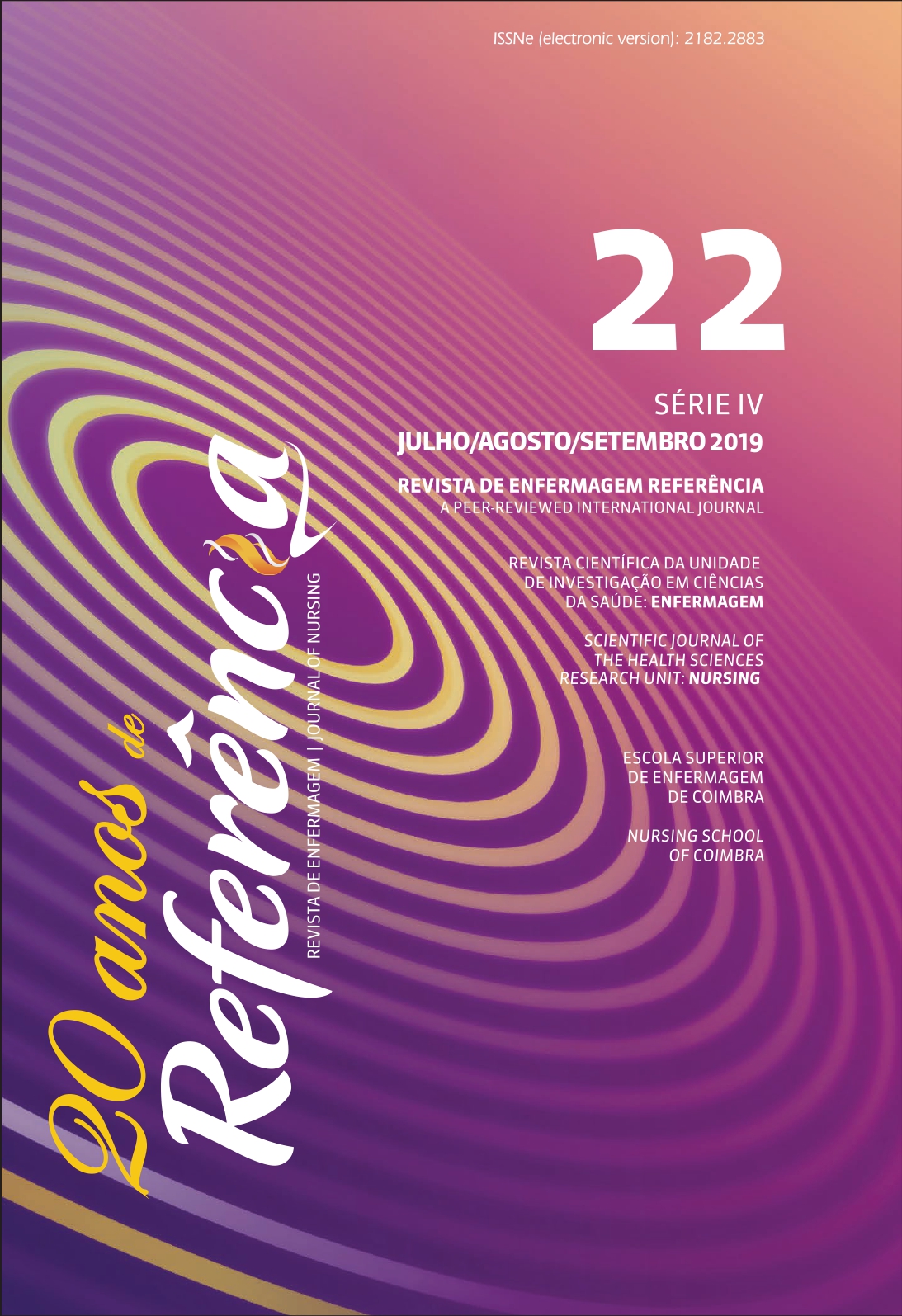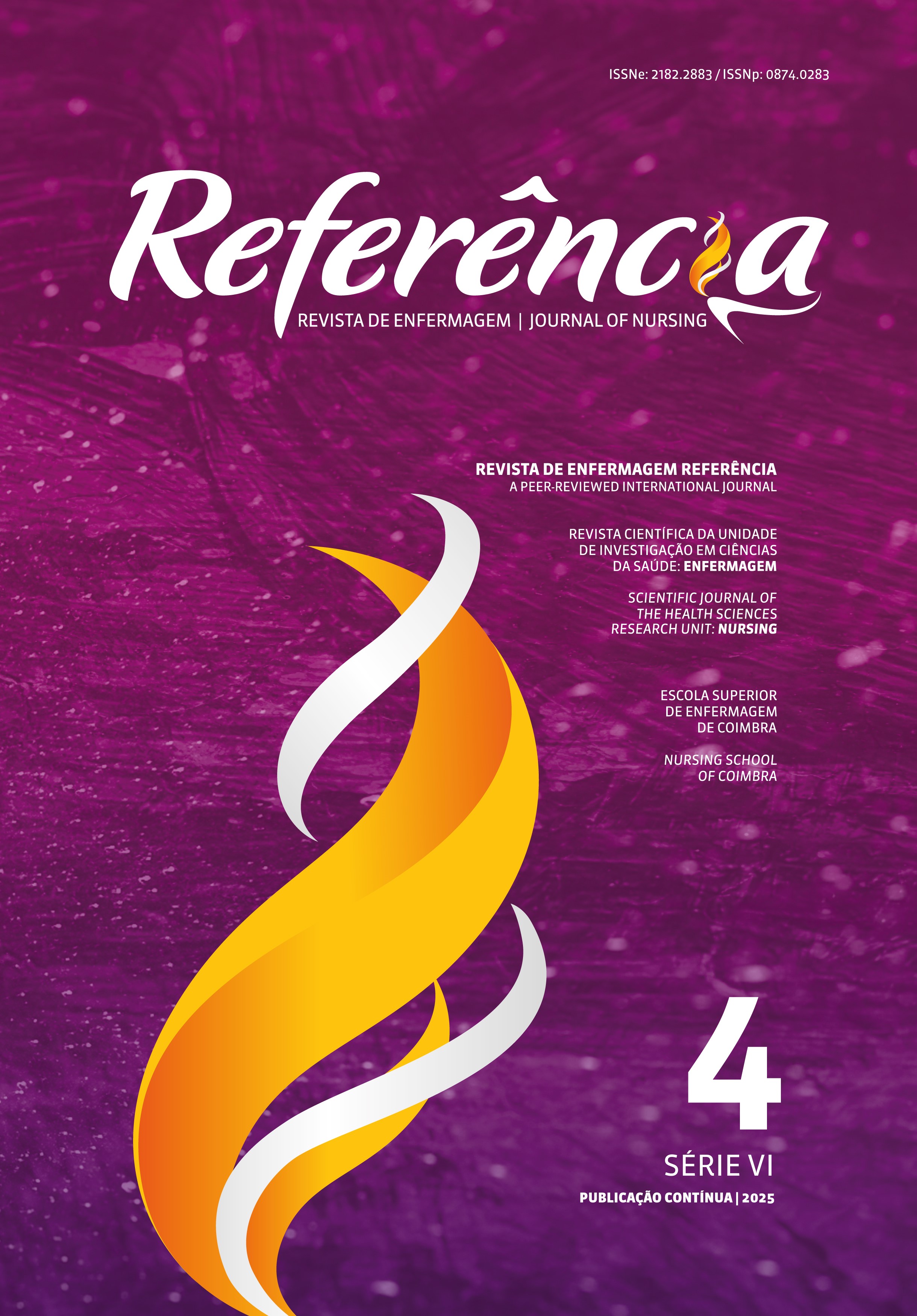Results of the implementation of the code stroke protocol in a Portuguese hospital
DOI:
https://doi.org/10.12707/RIV18085Keywords:
cerebral vascular accident, emergency room, hospital, fibrinolysis, code strokeAbstract
Background: The latest therapies for stroke are time-sensitive and require the implementation of care protocols.
Objective: To analyze the results of the implementation of a code stroke protocol.
Methodology: Quantitative and retrospective analysis of all cases with cerebrovascular disease admitted in the emergency room of a Portuguese hospital, from 2010 to 2016 (n = 1200). Demographic data, times for stroke care, comorbidities, and other clinical variables were collected. All activations of the protocol were studied using electronic records.
Results: The patients showed 63.0% ischemic stroke, 17.2% of hemorrhagic stroke, and 19.8% of transient ischemic attacks. The code stroke protocol covered 37.3% (n = 282) of the ischemic stroke cases, performing fibrinolysis in 18.4% (n = 52) of these patients. The mean door-to-needle time was 69.5 minutes. In patients who underwent fibrinolysis, neurological improvements were significant (p < 0.05).
Conclusion: There was a high rate of activation of the code stroke protocol, but only 52 patients underwent fibrinolysis. Age, comorbidities, and high rate of rural origin of patients may have influenced the therapeutic window and the inclusion/exclusion criteria for fibrinolysis.
Downloads
References
Alonso Leciñana, M., Egido, J. A., Casado, I., Ribó, M., Dávalos, A., Masjuan, J., … Vivancos, J. (2014). Guía para el tratamiento del infarto cerebral agudo. Neurología, 29(2), 102–122. doi:10.1016/j.nrl.2011.09.012
Catanese, L., Tarsia, J., & Fisher, M. (2017). Acute ischemic stroke therapy overview. Circulation Research, 120(3), 541–558. doi:10.1161/CIRCRESAHA.116.309278
Cavalcante, T. F., Moreira, R. P., Guedes, N. G., Araujo, T. L., Lopes, M. V., Damasceno, M. M., & Lima, F. E. (2011). Intervenções de enfermagem aos pacientes com acidente vascular encefálico: uma revisão integrativa de literatura. Revista da Escola de Enfermagem da Universidade de São Paulo, 45(6), 1495–1500. doi:10.1590/S0080-62342011000600031
Chen, C. H., Tang, S. C., Tsai, L. K., Hsieh, M. J., Yeh, S. J., Huang, K. Y., & Jeng, J. S. (2014). Stroke code improves intravenous thrombolysis administration in acute ischemic stroke. PLoS ONE, 9(8). doi:10.1371/journal.pone.0104862
Correia, M., Magalhães, R., Felgueiras, R., Quintas, C., Guimarães, L., & Silva, M. (2017). Changes in stroke incidence, outcome, and associated factors in Porto between 1998 and 2011. International Journal of Stroke, 12(2), 169–179. doi:10.1177/1747493016669846
Dalloz, M. A., Bottin, L., Muresan, I. P., Favrole, P., Foulon, S., Levy, P., … Alamowitch, S. (2012). Thrombolysis rate and impact of a stroke code: A French hospital experience and a systematic review. Journal of the Neurological Sciences, 314(1–2), 120–125. doi:10.1016/j.jns.2011.10.009
Demaerschalk, B. M., Demchuk, A. M., Fugate, J. E., Grotta, J. C., Khalessi, A. A., Levy, E. I., … Smith, E. E. (2016). Scientific rationale for the inclusion and exclusion criteria for intravenous alteplase in acute ischemic stroke. Stroke, 47(2), 581–641. doi:10.1161/STR.0000000000000086
Direção-Geral da Saúde. (2017). Norma Nº 015/2017: Via verde do acidente vascular cerebral no adulto. Recuperado de https://www.dgs.pt/directrizes-da-dgs/normas-e-circulares-normativas/norma-n-0152017-de-13072017.aspx
Díaz-Guzmán, J., Egido-Herrero, J., Fuentes, B., Fernández- Pérez, C., Gabriel-Sánchez, R., Barberà, G., & Abilleira, S. (2009). Incidencia de ictus en España: estudio iberictus. Datos del estudio piloto. Revista de Neurología, 48(2), 61–65. doi:10.33588/rn.4802.2008577
Espuela, F., Gracia, M., Barriga, M. I., & Gutiérrez, J. (2010). Estudio descriptivo de la activación del código ictus en la unidad de ictus de Cáceres. Revista Científica de la Sociedad Española de Enfermería Neurológica, 31(1), 22–27. doi:10.1016/S2013-5246(10)70015-5
Geffner-Sclarsky, D., Soriano-Soriano, C., Vilar, C., Vilar-Ventura, R., Belenguer-Benavides, A., Claramonte, B., … Peinazo-Arias, M. (2011). Código ictus provincial: características e impacto asistencial. Revista de Neurología, 52(8), 457–464. doi:10.33588/rn.5208.2010768
Gonzales, S., Mullen, M., Skolarus, L., Thibault, D., & Udoeyo, U. (2017). Progressive rural–urban disparity in acute stroke care. Neurology, 88(5), 441–448. doi:10.1212/WNL.0000000000003562
Jauch, E. C., Saver, J. L., Adams, H. P., Bruno, A., Connors, J. J., Demaerschalk, B. M., … Yonas, H. (2013). Guidelines for the early management of patients with acute ischemic stroke: a guideline for healthcare professionals from the American Heart Association/American Stroke Association. Stroke, 44(3), 870–947. doi:10.1161/STR.0b013e318284056a
Lyden, P. (2017). Using the national institutes of health stroke scale. A cautionary tale. Stroke, 48(2), 513–519. doi:10.1161/STROKEAHA.116.015434
Moutinho, M., Magalhães, R., Correia, M., & Silva, M. C. (2013). A community-based study of stroke code users in northern Portugal. Acta Médica Portuguesa, 26(2), 113–122. doi:10.20344/amp.4103
Muruet, W., Rudd, A., Wolfe, C. D., & Douiri, A. (2018). Long-term survival after intravenous thrombolysis for ischemic stroke. A propensity score-matched cohort with up to 10-year follow-up. Stroke, 49(3), 607–613. doi:10.1161/STROKEAHA.117.019889
Pereira, M. S., Guedes, H. M., Oliveira, L. M., & Martins, J. C. (2017). Relação entre o sistema de triagem de Manchester em doentes com AVC e o desfecho final. Revista de Enfermagem Referência, 4(13), 93–102. doi:10.12707/RIV16079
Powers, W. J., Rabinstein, A. A., Ackerson, T., Adeoye, O. M., Bambakidis, N. C., Becker, K., … Tirschwell, D. L. (2018). 2018 Guidelines for the early management of patients with acute ischemic stroke: a guideline for healthcare professionals from the American Heart Association/ American Stroke Association. Stroke, 49(3), e46–e110. doi:10.1161/STR.0000000000000158
Silva, S., & Gouveia, M. (2012). Program “via verde do AVC”: Analysis of the impact on stroke mortality. Revista Portuguesa de Saúde Pública, 30(2), 172–179. doi:10.1016/j.rpsp.2012.12.005






